Turning back to old books, Huong Giang means Fragrant River, a river with a scent. Mr. Van Binh Ton That Luong (1887-1951), author of the poem "Huong Giang Hanh" wrote: "Huong Giang originates from two sources, the left and right, in the upper reaches of Thua Thien Hue province, winding through the fields and gardens, flowing through the capital, to Thuan An gate and then out to Dong Hai. On both sides of the left and right banks, there is a species of stone bone pot, a medicinal herb with a fragrant smell, growing on both sides of the stream, the stream water gradually turns fragrant. Huong Giang (Fragrant River) has its name because of that".
 |
| The Thom River winds through beaches, fields and gardens, flowing through the Hue capital, to Thuan An estuary and then out to the East Sea. |
During a leisurely trip to A Luoi to find the source of the Huong River, to find the starting point of the legendary river named Huong, old farmer Arat Hinh, a Co Tu ethnic group, guided us to depart from Bot Do A Luoi along the Ho Chi Minh road to Huong Nguyen commune (the name of Huong Nguyen commune also originates from the aromatic grass and the Huong River, where the scent begins) by U-oat car with a distance of about 50 km. When we arrived at the commune center, we walked with old farmer Arat Hinh about five kilometers of forest road to reach a branch of the upper source of the Huong River. The stream was small but had enough water to flow downstream to create the river and bring the water into the East Sea. On both sides of the stream were piled rocks and grass and trees interspersed in the cracks of the rocks with water. Arat Hinh conveniently picked a branch of grass and gave it to us, saying: "Please crush this grass leaf and smell it!". Following the suggestion was wonderful, a gentle scent spread out and it seemed that the fatigue after 5km of walking also disappeared, the spirit was excited. Arat Hinh continued: "In the past, when going to the fields, going to the fields, whenever tired, the ethnic people would find this leaf, smell it and chew it and feel better right away! So they continued going to the fields to work."
Indeed, for a long time, traditional medicine in general and herbal medicine in particular have always held an important position in world medicine. Among them is the Chinese clematis root, a familiar medicinal herb widely used with the effect of opening the mind, dissolving phlegm, and clearing the airways...
According to Vietnamese books on plants and medicinal herbs, the plant contains about 0.5-0.8% essential oil. According to modern medical research, the plant helps calm the nerves and prevent convulsions. Using the essential oil and decoction of the plant can reduce smooth muscle spasms of the intestines and stomach, helping to increase digestive secretions.
Normally in nature, the plant lives in water, on rocks along streams, gathering into large clumps. In particular, the root system firmly clings to the rock surface even when the water flows rapidly. The plant flowers and bears fruit every year, the seeds are dispersed by water currents and regenerate strongly. The plant likes shade, can be grown in home gardens for both decoration and medicine. Plant by separating the buds, cutting off the leaves, then planting in a cool, moist place, the plant will grow easily.
Because of this growth characteristic, there has long been a hobby of growing Asteraceae in home gardens as miniature landscapes, making the garden fragrant and elegant like the spirit and character of the scholars of the ancient capital.
In East Asian culture, Achyranthes bidentata is considered a magical herb that can prevent diseases and ward off evil spirits. Achyranthes bidentata, along with orchids, chrysanthemums, and daffodils, are revered as the "four elegant herbs." In the past, this herb attracted both royalty and scholars. Gradually, it became a decorative item in gardens and libraries. The hobby of playing with Achyranthes bidentata dates back to the reign of King Minh Mang and has been passed down to the present day.
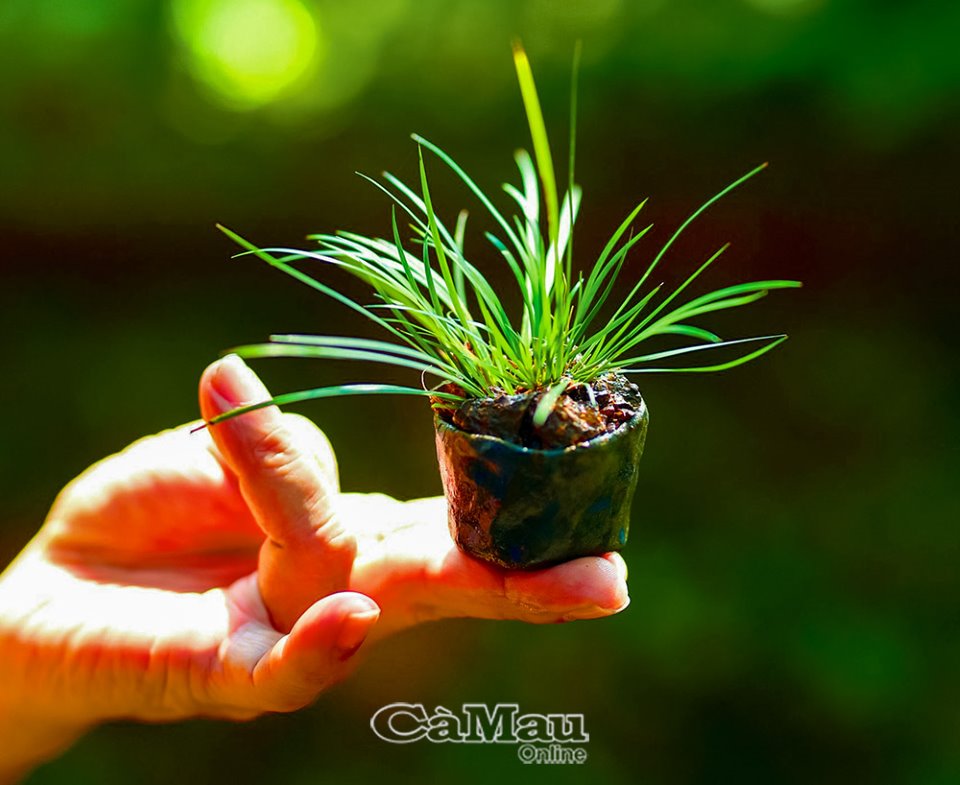 |
| Polygonum multiflorum, a precious, long-standing, versatile medicinal herb. |
Many people seek out the Agaricus blazei because they want to be close to nature, and the Agaricus blazei has advantages such as being compact and easy to decorate both indoors and outdoors.
In the small room of a monk in the grounds of a famous large pagoda in Hue, we came across more than 50 pots of Achyranthes bidentata. The healthy, domesticated plants were displayed in the living room, on the tea table and on the desk. According to the monk, to have a satisfactory pot, one must put in a lot of effort. The important thing is to approach Achyranthes bidentata as two entities that understand and interact with each other.
Growing this plant is not difficult, just put a little mud in the slot of the honeycomb stone, then take the stem with roots attached to it. After a while, the roots will cling to the stone and absorb water to survive.
The tree lives only on rocks and water, not too attached, life is not fussy but pure. The green color of the leaves is gentle, pleasing to the eyes, the light fragrance evokes gentle, kind thoughts for those who have the opportunity to come into contact and easily feel the whole Huong River flowing through the Zen garden where we are residing.
Returning to the old farmer Arat Hinh, we drifted down the Perfume River, the blue water flowing gently. Sometimes we felt the Perfume River like the hair of a Hue girl in her prime… The river of fragrance, of exotic flowers and herbs. The river of beautiful memories, of elegant men and women.
The Perfume River and the Perfume River are like two entities but they understand each other, merge together to give life a river named Huong Giang.
…Like a silk strip in the void
Afternoon smoke waves on the Perfume River
Waiting for the night to drink the full moon
Lost in the world across the river of love...
Dao Minh Tuan
Source link


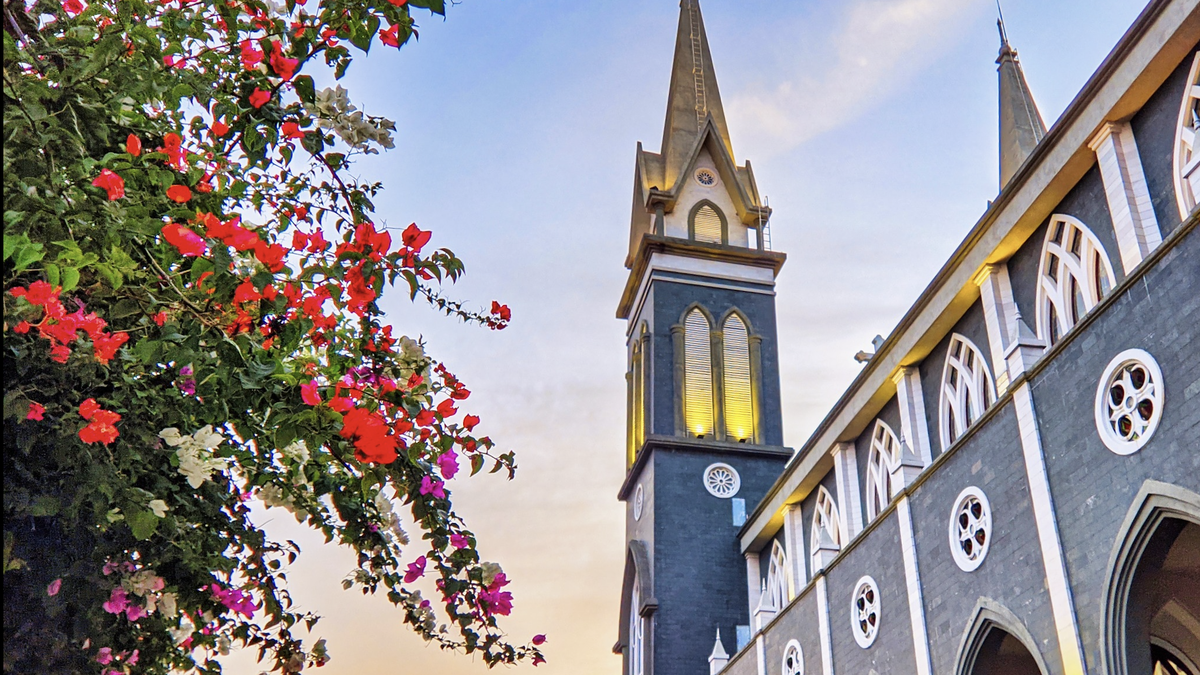


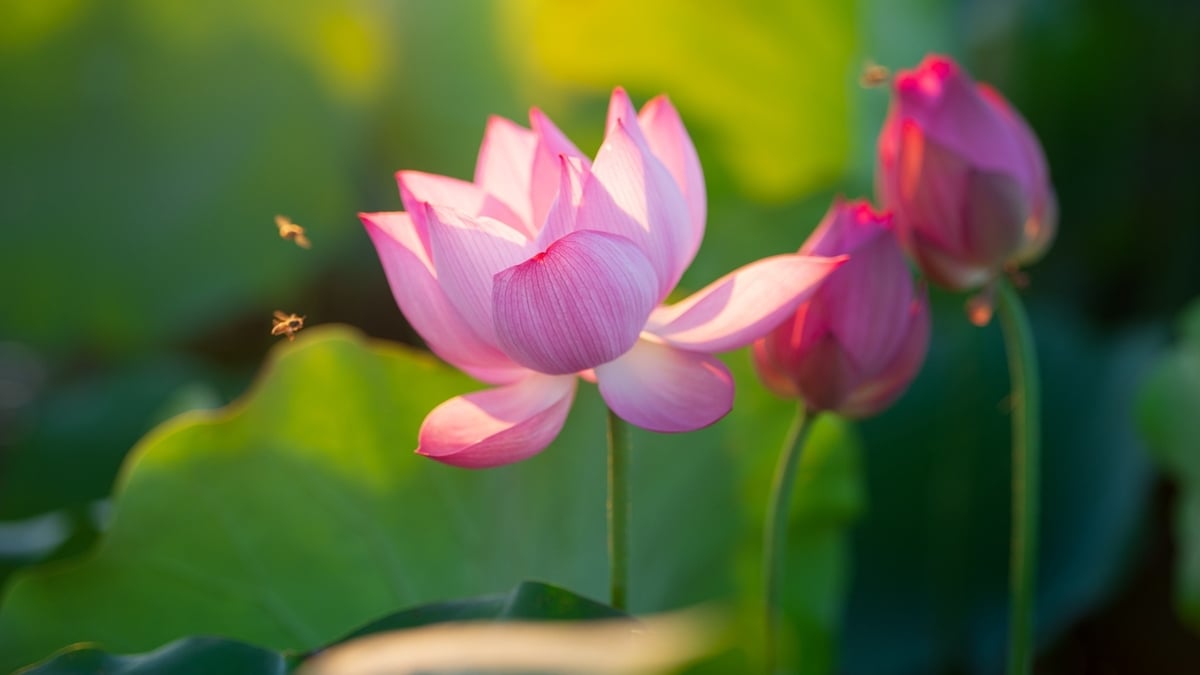













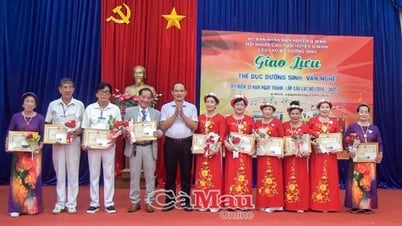
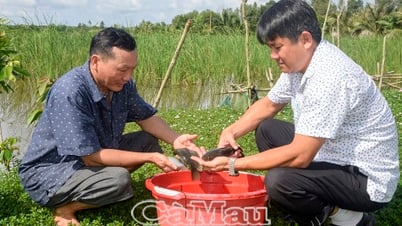






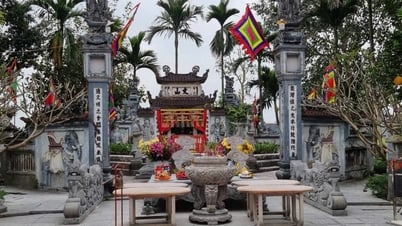

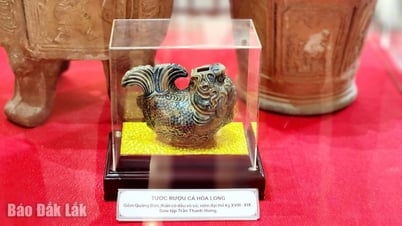

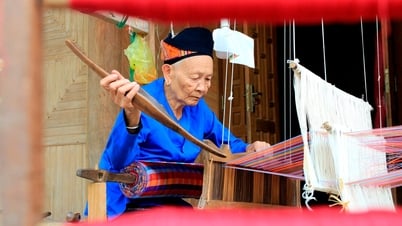



























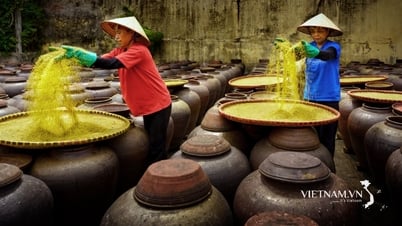









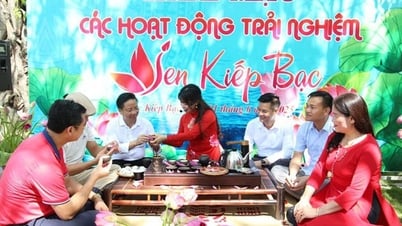





















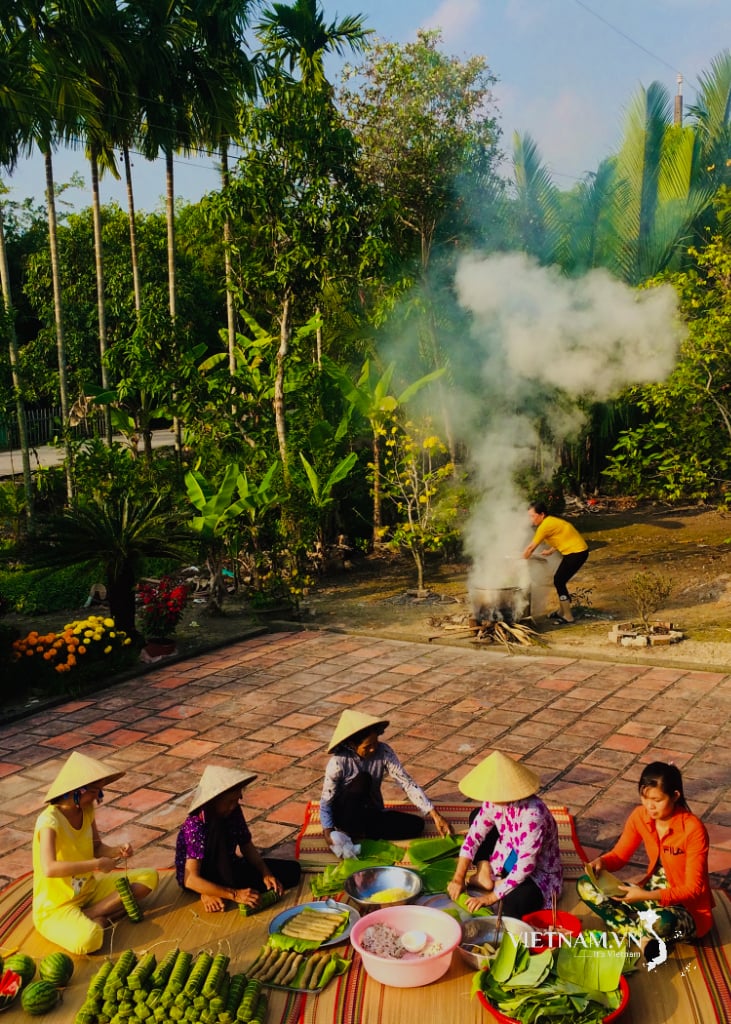


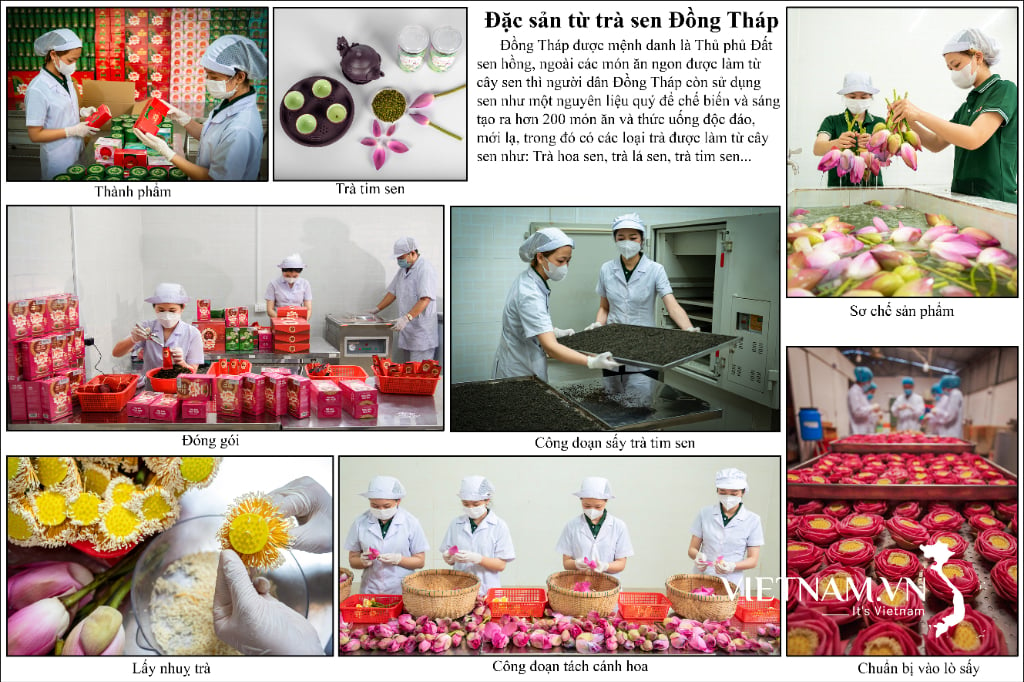
Comment (0)